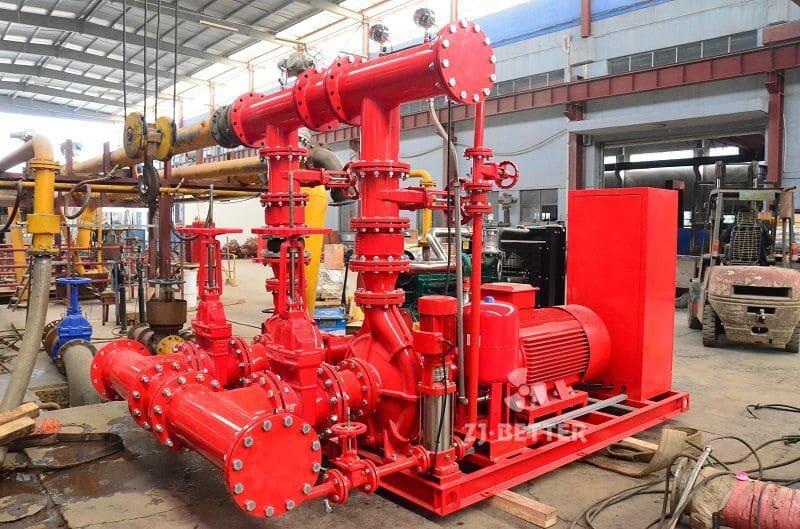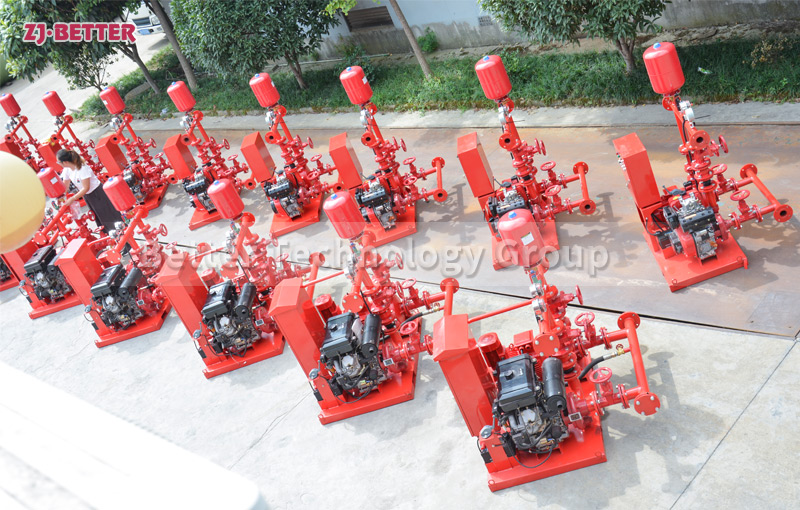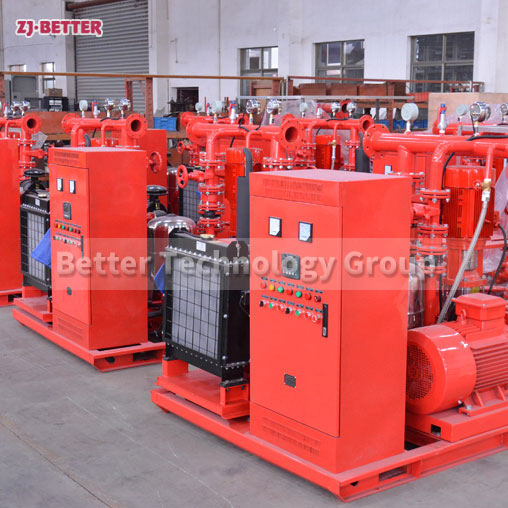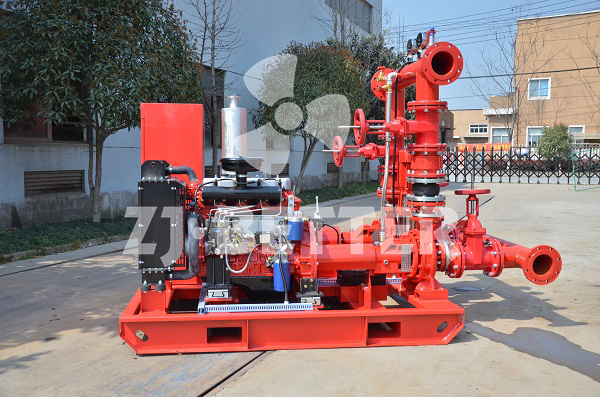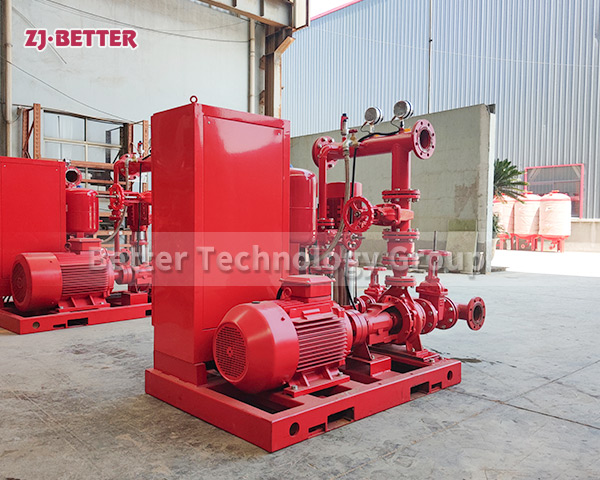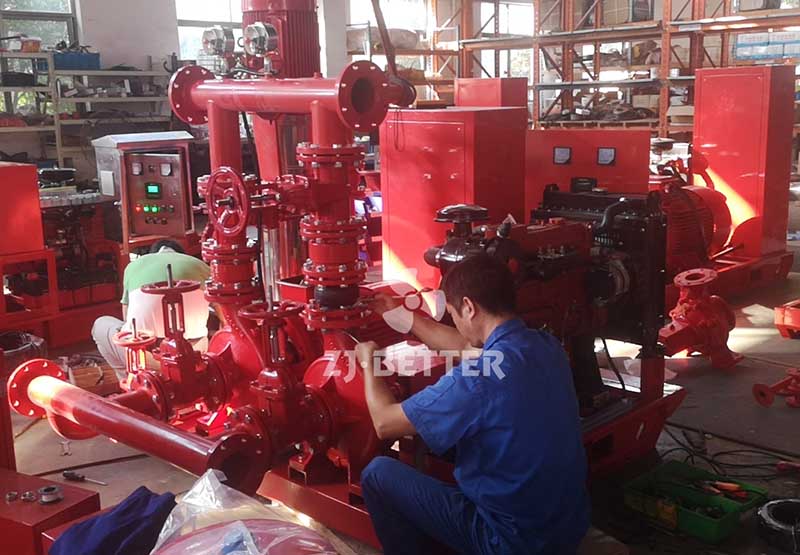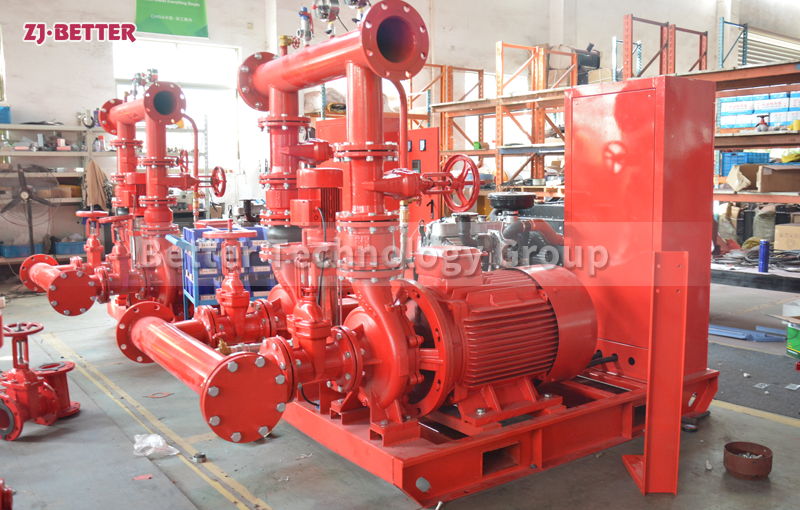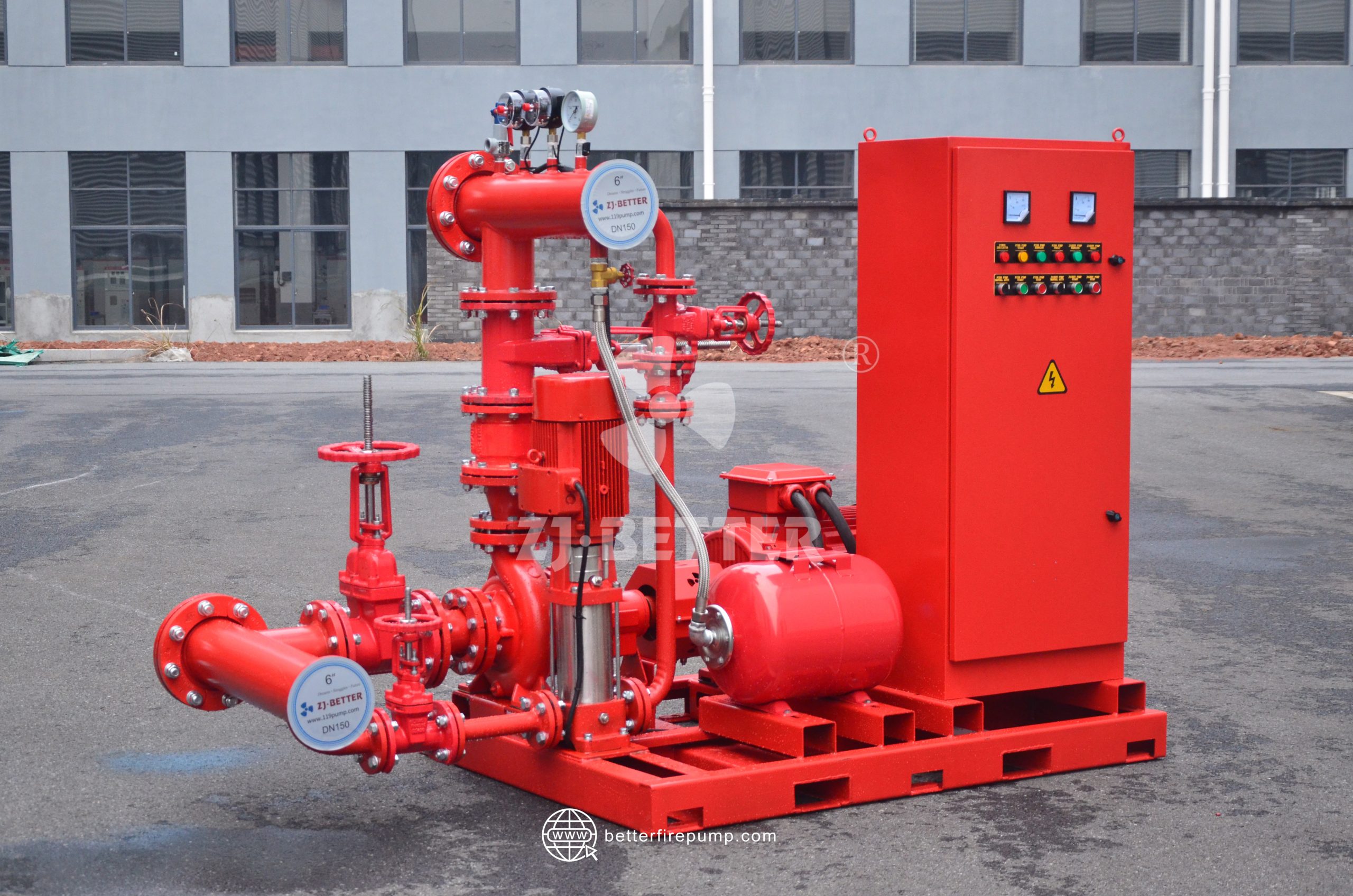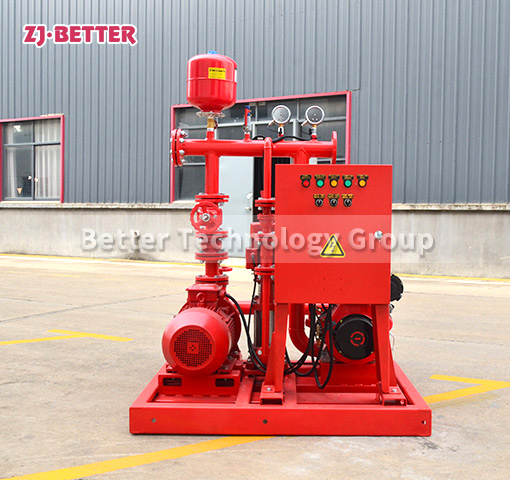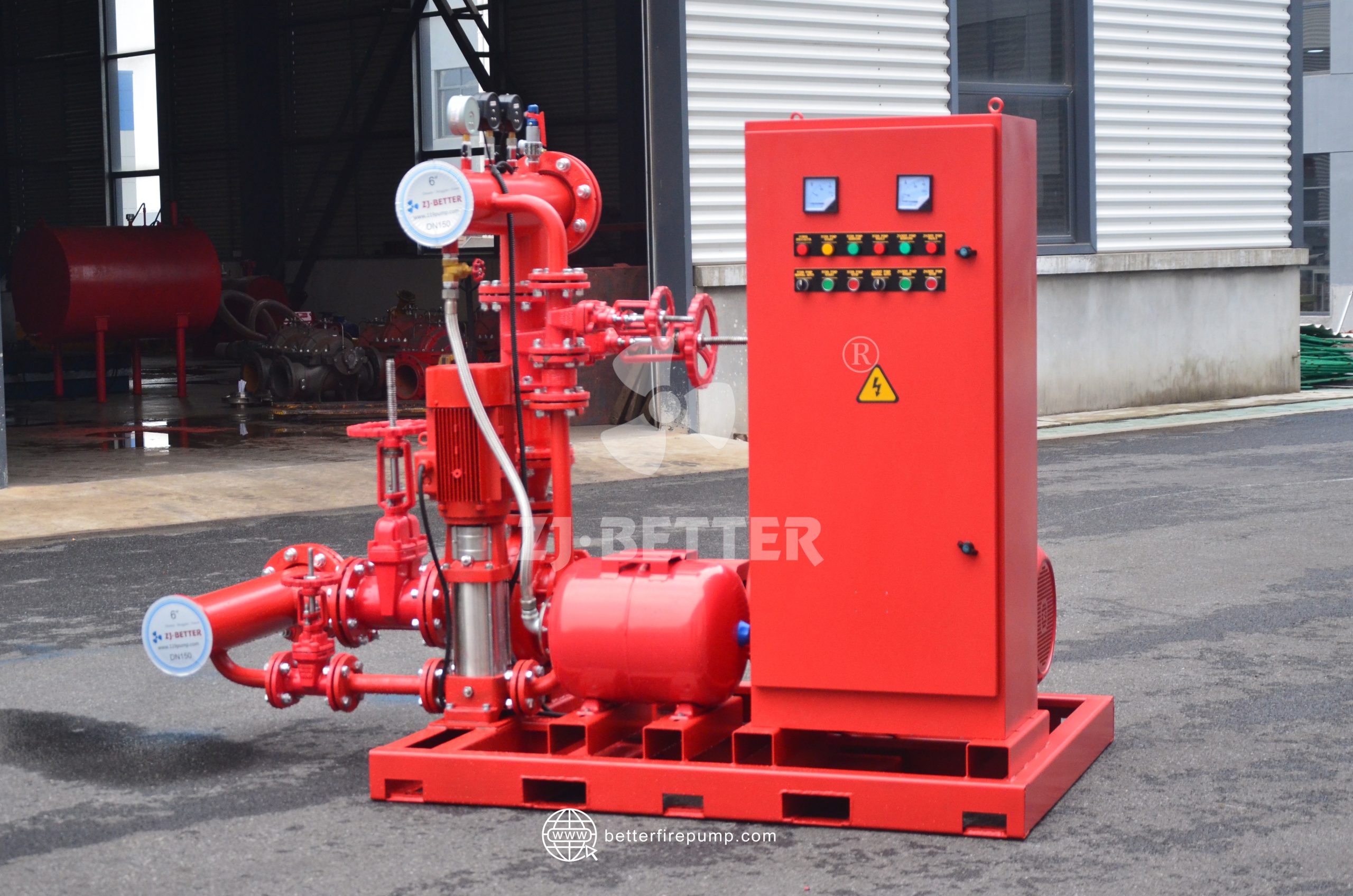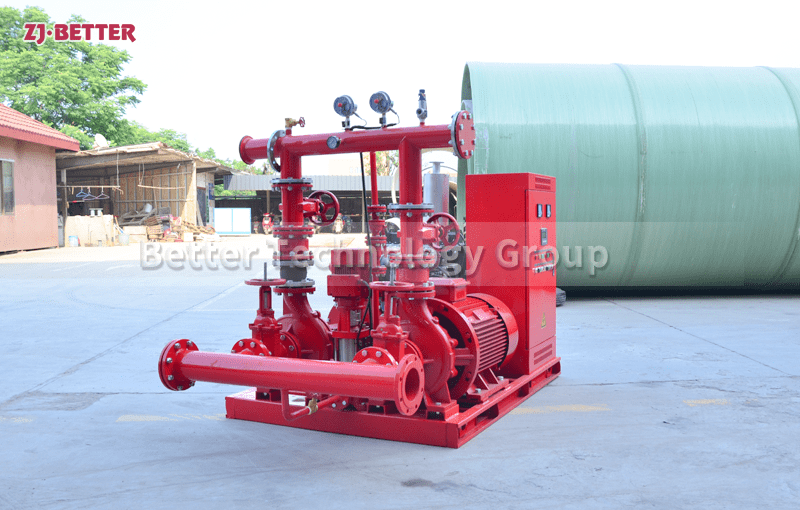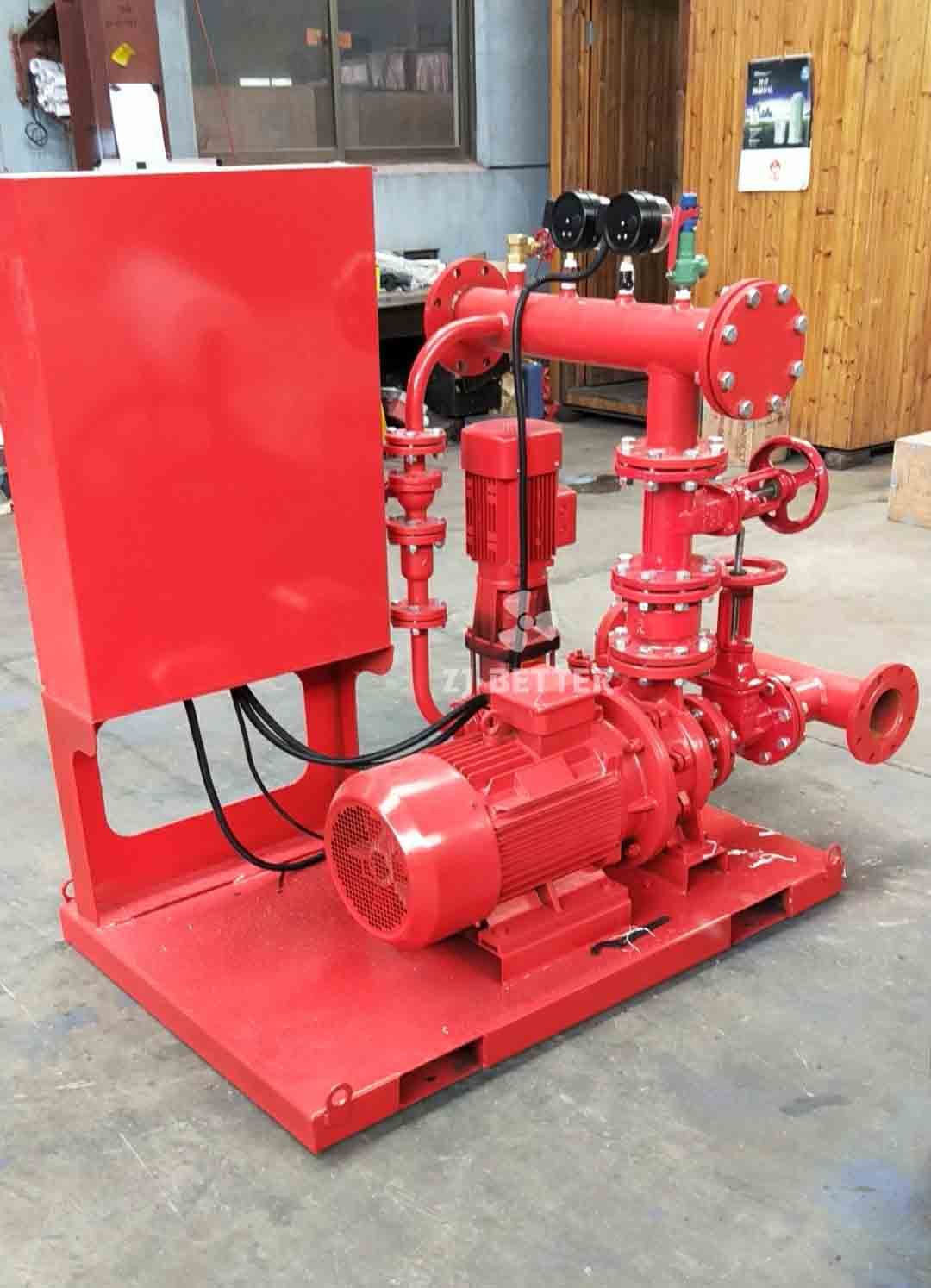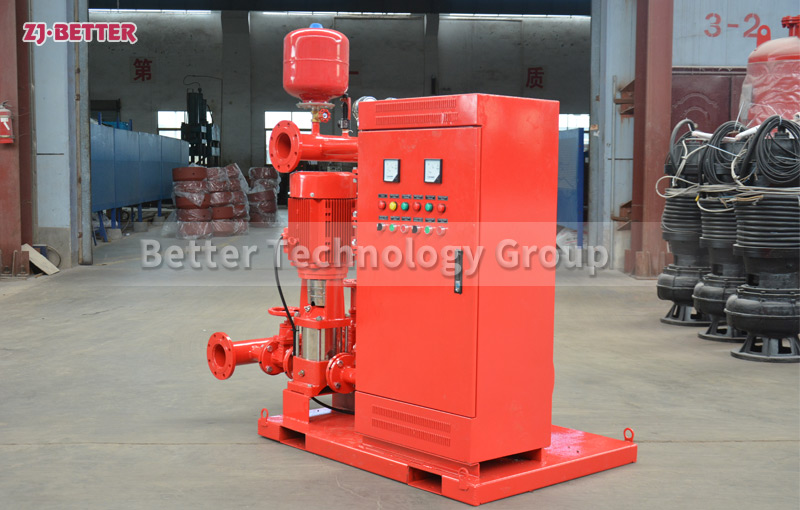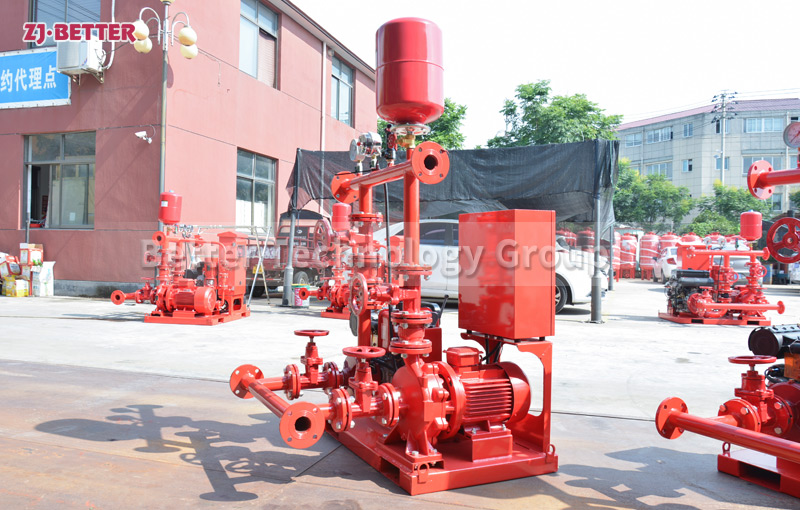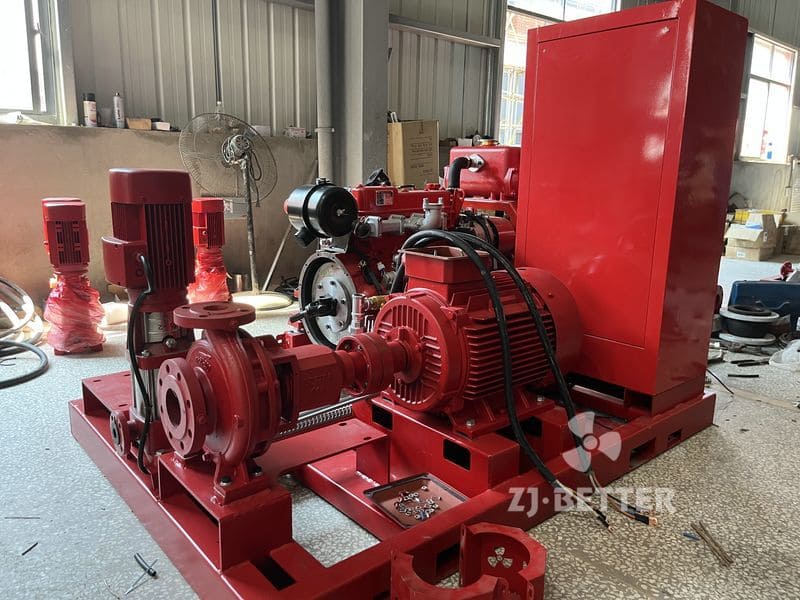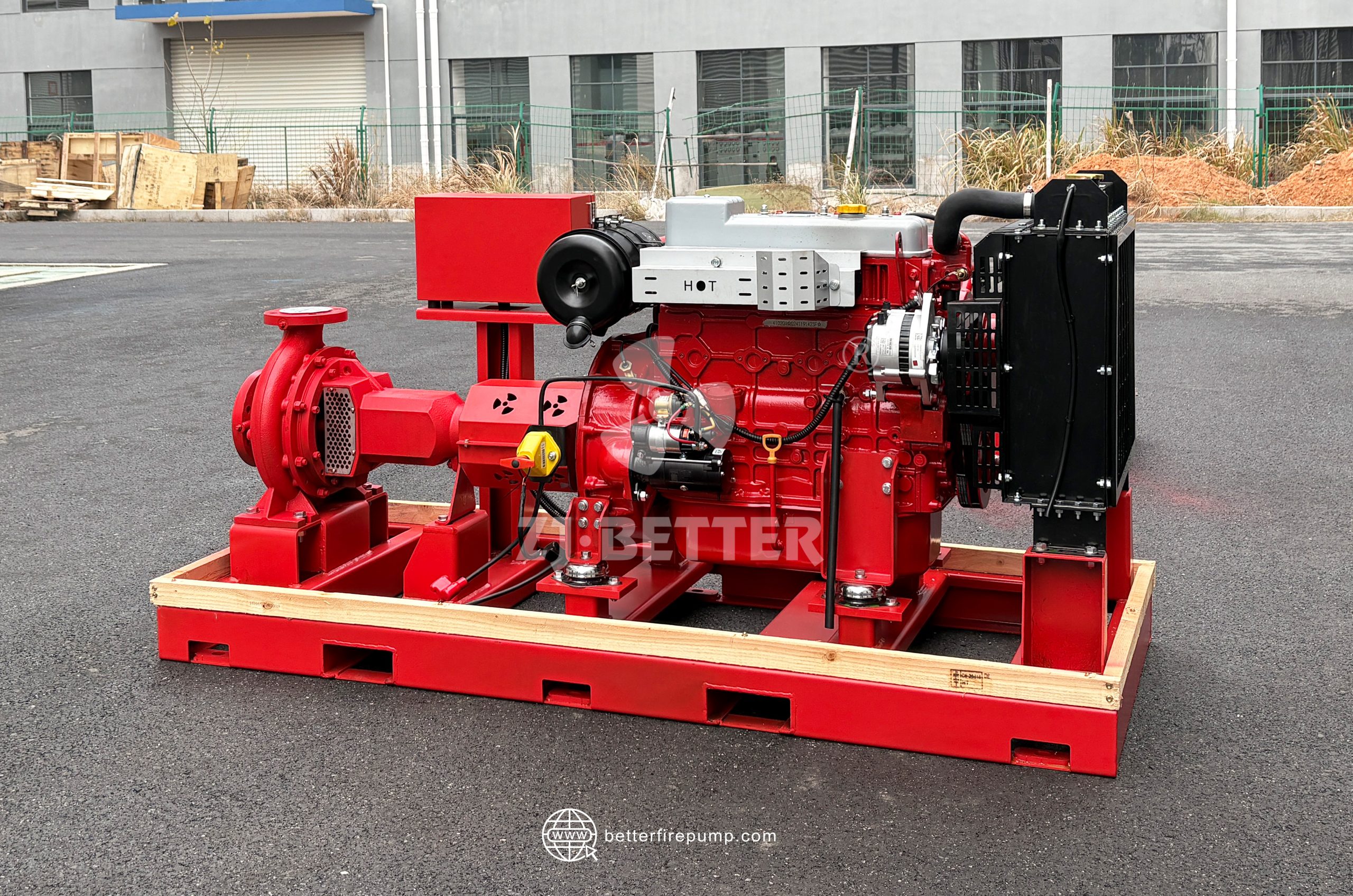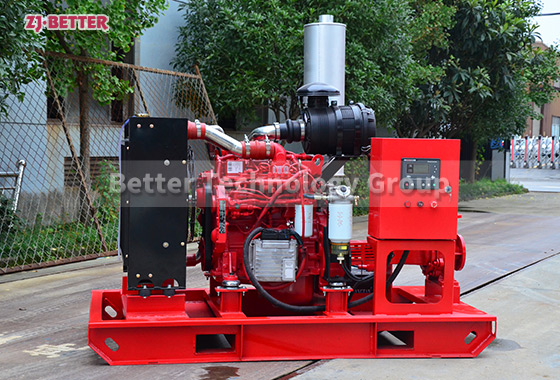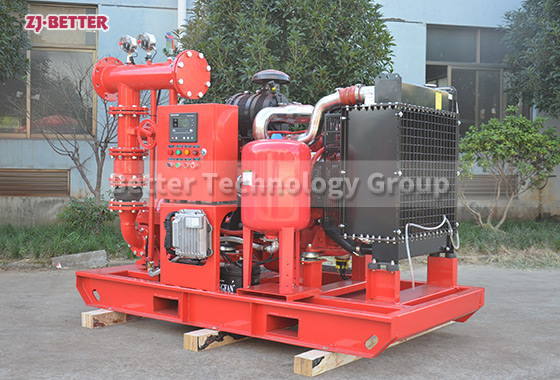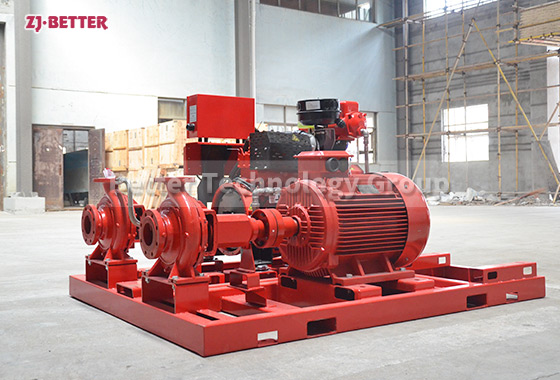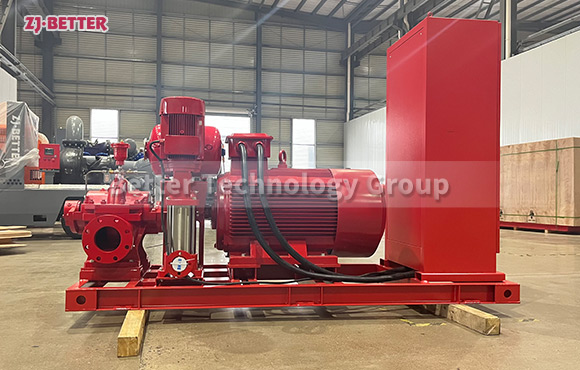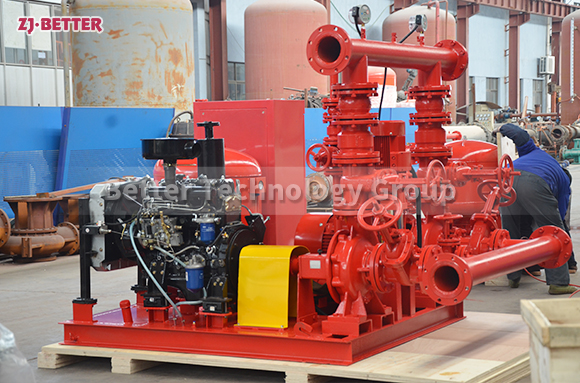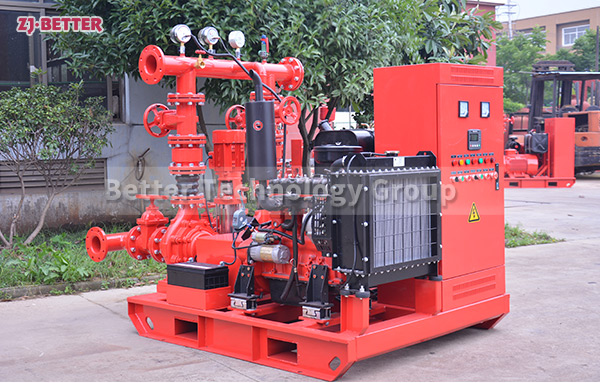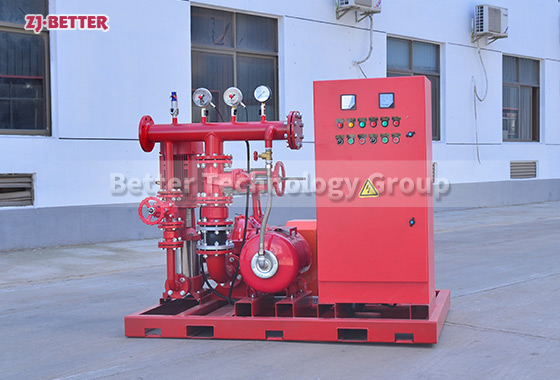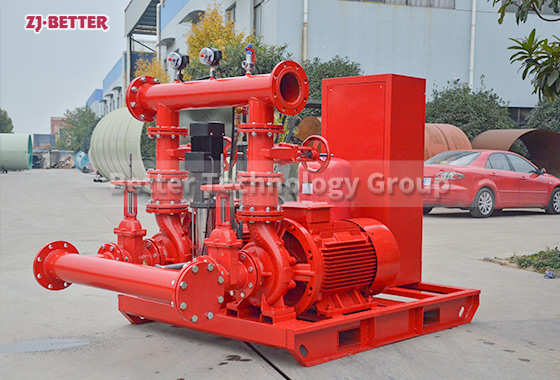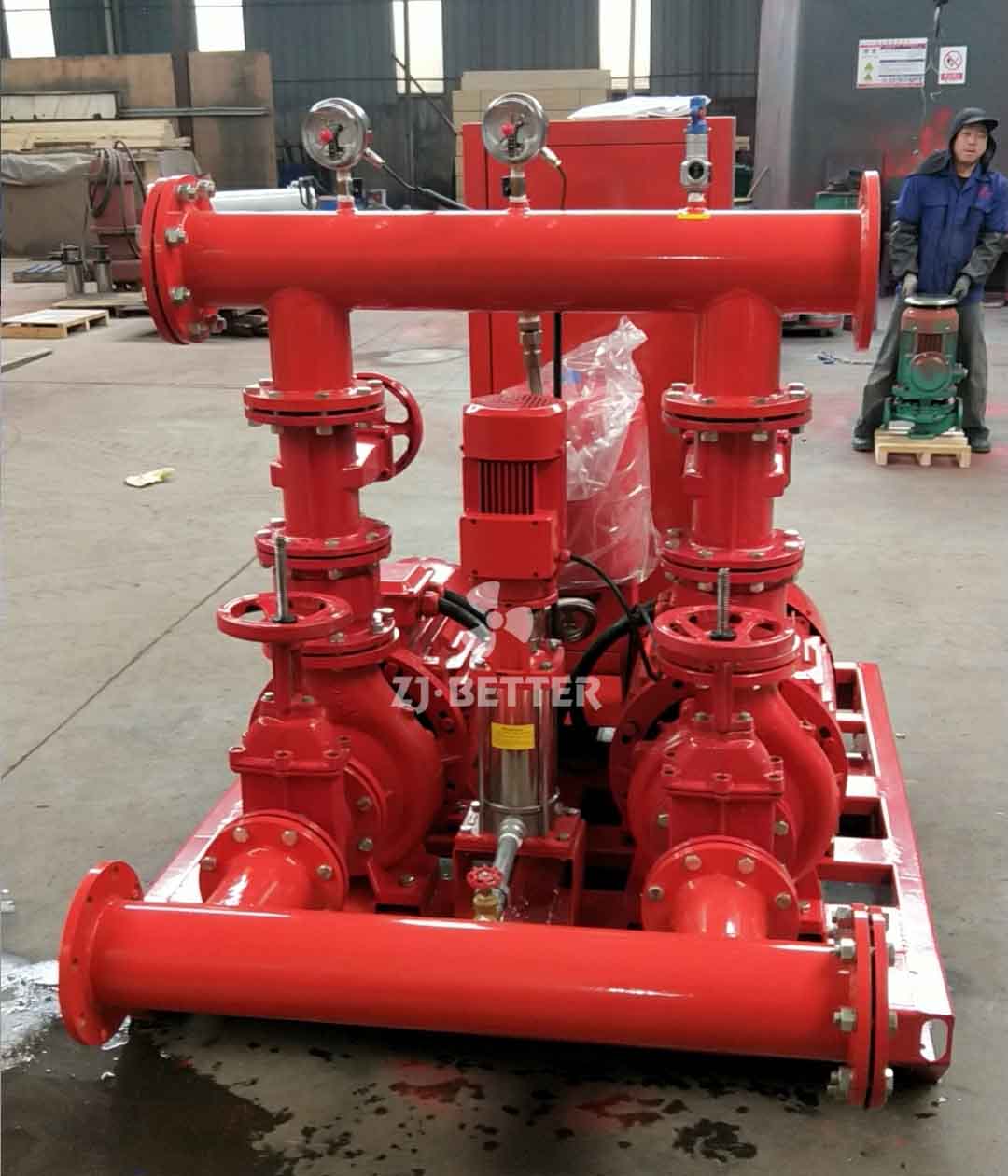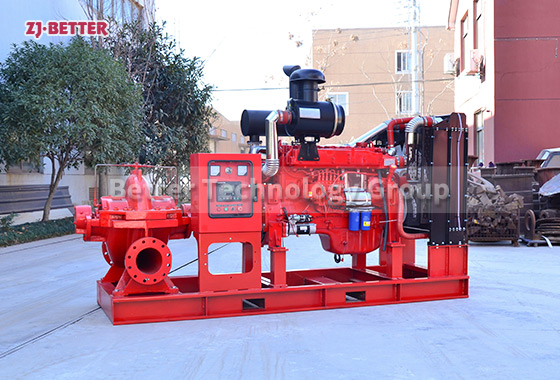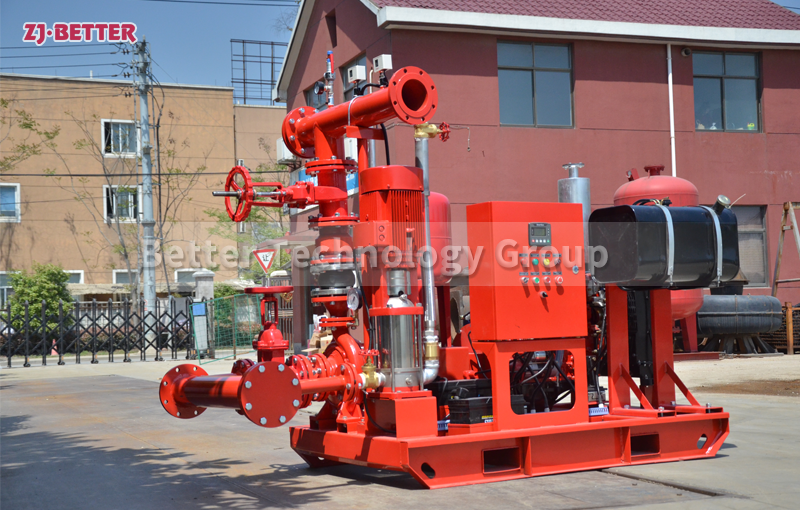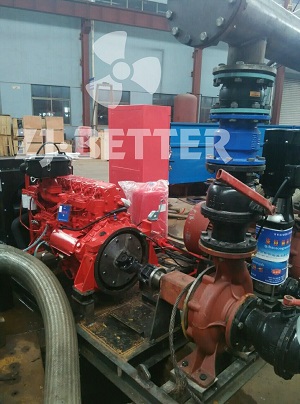
Fire pump test content – why do test?
When we buy fire pumps, we all encounter this situation: the products we buy fail to meet the parameters required by ourselves, or exceed the parameter range required by ourselves, resulting in that they cannot be used. Or the product is not the type you want, which shows the importance of product testing.
Test contents of fire pump products:
1.Flow:The flow of the fire pump determines the amount of water that can be discharged from the pump per second or per hour, which is the most critical in the use of the fire pump. It is assumed that if a fire occurs and the purchased pump cannot provide a large amount of water, the fire momentum will expand and the consequences will be unimaginable.
2.head:The head determines the distance that the fire pump can transport the liquid, which depends on the distance from the water source to the pump room and the required transport distance. Therefore, it is very important to test the head.
3Power of diesel engine and motor:
The power of diesel engine is the core part of the whole fire protection system. The power directly determines the efficiency of the pump. It needs to be tested to determine whether it meets the needs of customers.

